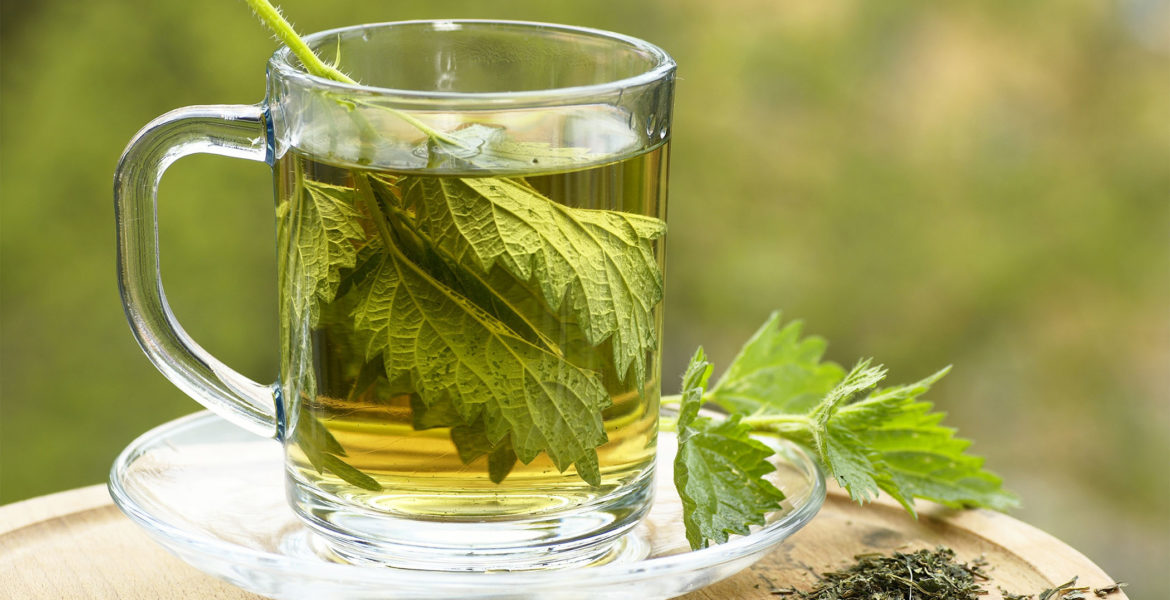Although stinging nettle is often confused as an annoying garden weed, it is, in fact, one of the most tonifying and versatile herbs. If I played favorites this would be one of mine. Stinging nettle is great to have on hand this time of year with allergies and the transition of seasons slowly approaching. I personally take and prescribe this miraculous herb year-round. It can benefit just about every system in your body.
Stinging nettle is an herbaceous perennial flowering plant in the family Urticaceae. It’s covered in minute hairs that release an irritating substance when touched. It grows in parts of Topanga creek, so if you ever decide to walk the creek, know how to identify and avoid it.
In herbal medicine, it is a tonifying herb used in Traditional Chinese Medicine. It nourishes, replenishes, rebuilds the Qi (Chi or life energy), yin, yang, and blood of the body’s organs and organ systems where a deficiency or weakness has been diagnosed.
Both the root and leaves have phenomenal nutritional value. However, the root contains steroidal compounds that prevent testosterone converting into dihydrotesterone. Although traditionally recommended for men and prostate, it can be supportive to women as well.
The leaves on the plant are safe to eat once cooked. The taste is similar to spinach and is popular in pesto. They have high protein content for a leafy green (shout-out to my vegan friends), contain all the essential amino acids, minerals, fats, polyphenols, pigments, and vitamins A, C, K, and some of the B vitamins. To get rid of the stingers on the leaves boil, cook, dry or freeze-dry the leaves.
The stinging sensation of the needles are caused by contact with the leaves that release chemicals (serotonin, moroidin, histamine, leukotrienes, and acetylcholine) that cause skin irritation. The best antidote is not getting stung, but if it happens, don’t touch the area for at least 10 minutes to prevent spreading. As soon as possible, wash the area with soap, warm water and a clean cloth, and apply Aloe Vera or a paste of baking soda and water to help eliminate any residual irritation.
APPLICATIONS
Be sure to work with a qualified practitioner in order to align with the appropriate form and dosage for your highest good.
- Allergies. If given a choice between using stinging nettle or quercetin for allergies, I say stinging nettle all the way. It contains Quercetin, so you have the added benefits of the flavonoid’s antioxidant boost along with the already phenomenal nutrient profile. Even if Quercetin weren’t already in stinging nettle, it would still be my top choice. It has a brilliance in alleviating inflammation and its benefits far outweigh those of Quercetin.
- Dosage. The standard dose of nettle for allergies, in general, is 300 to 600 mg, three times a day. I recommend starting with one or two capsules for a week then evaluate if you need to increase or decrease; everyone is different. Increasing your water (preferably with lemon) is also recommended; nettle can have a diuretic effect.
- High Blood Pressure. If you are already taking it for allergies, it may also help lower your blood pressure. People with high blood pressure should check with their practitioner before taking any form of stinging nettle. It contains nitric oxide, a vasodilator, that causes blood vessel muscles to relax and widen.
- Inflammation. If someone is experiencing a lot of inflammation in their body, stinging nettle would be at the top of my list. Whether you are diagnosed with inflammation or have an underlying root cause creating the symptom of inflammation, it can be beneficial.
- Hair growth. Another great benefit of stinging nettle is hair growth. I attribute it to the high nutrient profile of the plant, including the silica found in it, its tonifying effects on blood and organs, and its ability to balance hormones.
- How to consume stinging nettle. The best form is eating the plant cooked. Making a tea, using a glycerin or alcohol tincture, or capsules (dried or raw freeze-dried) are also great options. To choose one form over another depends on the person as a whole (body, soul, mind, emotions), and the reason they will be consuming stinging nettle. Always consult with your practitioner before deciding if and how much to consume.
RESOURCES
- For stinging nettle capsules: Oregon’s Wild Harvest : oregonswildharvest.com
- For dried stinging nettle tea: you can check out herbal apothecaries
- Or try Traditional Medicine stinging nettle tea; this can usually be found at Sprouts, Whole Foods, and online.
- Maybroda also offers custom blends of stinging nettle teas, tinctures, and capsules if you feel called to those offerings.
For more information, contact: a.maybroda@live.com
Amanda Maybroda is a Wellbeing specialist and a Certified Practitioner in Herbalism, Nutrition, Yoga and Light Energy attuning. She holds a license in Cosmetology and studied Chiropractic with an emphasis on Sports Medicine and Behavioral Science.
By Amanda Maybroda


